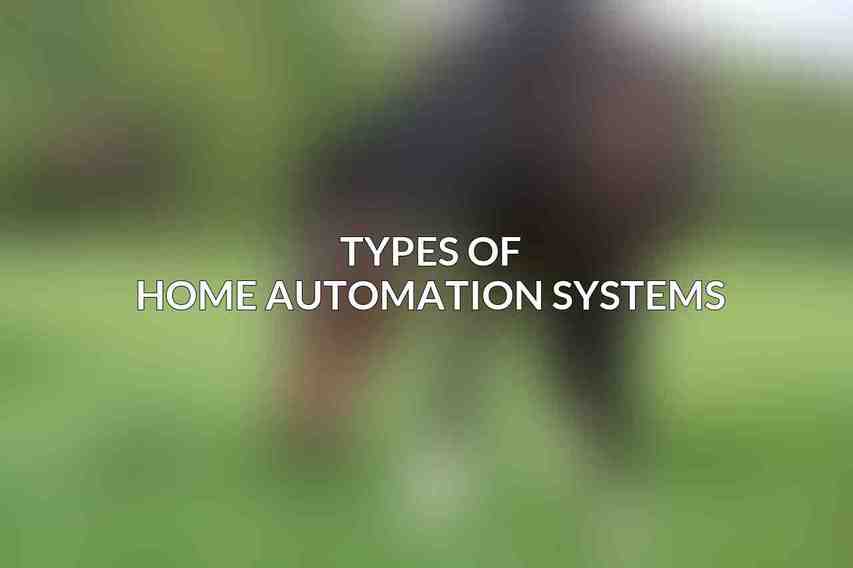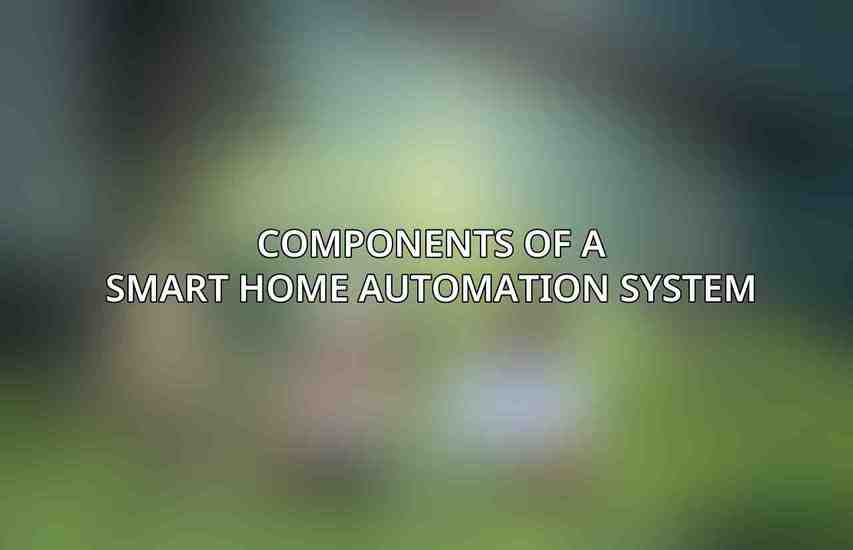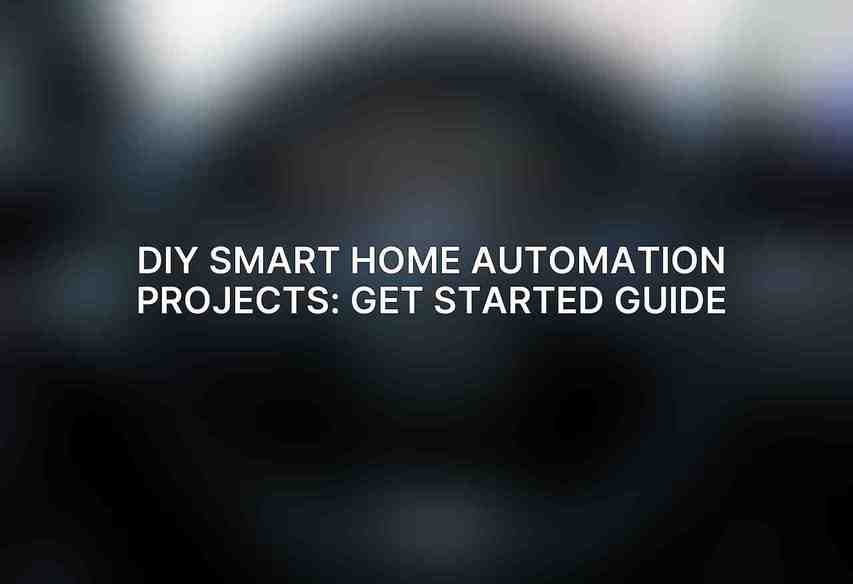Smart home automation has revolutionized the way we interact with our living spaces, offering convenience, efficiency, and improved security like never before. By integrating technology into our homes, we can simplify tasks and create an environment that adapts to our needs seamlessly. Whether you’re a tech enthusiast or looking to enhance your home, DIY smart home automation projects are a great way to get started. Learn more about Step-by-Step Guide to Effortlessly Install Your SwitchBot Devices
Definition and Benefits of Smart Home Automation
Smart home automation involves the use of technology to control and automate various devices and systems within a home. This can include lighting, heating, air conditioning, security cameras, and more. The benefits of smart home automation are numerous, including increased convenience, energy efficiency, improved security, and the ability to customize your living space to suit your preferences. Learn more about Elevate Your Home with SwitchBot: The Future of Smart Home Automation
Types of Home Automation Systems

- Centralized Systems: These systems have a central hub that controls all connected devices. Examples include systems like SmartThings and Home Assistant.
- Decentralized Systems: In decentralized systems, devices communicate with each other directly without a central hub. Popular options include Zigbee and Z-Wave.
Components of a Smart Home Automation System

- Sensors: Devices that detect changes in the environment, such as motion sensors, temperature sensors, and light sensors.
- Actuators: Components that perform actions based on sensor input, like relays for switching lights on and off.
- Controllers: Devices that manage communication between sensors, actuators, and the user interface.
- Software and Apps: Applications that allow users to monitor and control their smart home devices remotely.
Getting Started with DIY Smart Home Automation
Tools and Materials Needed
- Microcontroller (e.g., Arduino, Raspberry Pi)
- Sensors (temperature, motion, light)
- Actuators (relays, motors)
- Wiring and connectors
Planning and Design
- Determine your automation goals and the areas you want to focus on.
- Choose the right components based on your needs and budget.
- Design the system layout to ensure seamless integration and functionality.
Stay tuned for the following sections to delve deeper into DIY smart home automation projects and tips. Find more on Ultimate Guide to Smart Lighting Solutions for Your Home Check this blog on Mastering SwitchBot: Integrating with Alexa, Google Home, and More
Frequently Asked Questions
What is smart home automation?
Smart home automation refers to the use of technology to control and manage various devices and appliances in your home remotely. These systems typically allow you to automate tasks like turning lights on and off, adjusting thermostats, and more, all through a centralized platform.
What are some popular DIY smart home automation projects?
Some popular DIY smart home automation projects include setting up smart lighting systems, installing smart thermostats to regulate home temperature, creating a smart security camera system, and integrating voice-controlled assistants like Amazon Alexa or Google Assistant.
What tools or equipment do I need to get started with DIY smart home automation?
To get started with DIY smart home automation projects, you’ll typically need essential tools like screwdrivers, wire cutters, pliers, and a basic understanding of electrical wiring. Additionally, you’ll need smart devices like smart bulbs, smart switches, smart plugs, and a hub or controller to connect them all.
Are DIY smart home automation projects safe to implement?
While DIY smart home automation projects can be safe, it’s essential to follow proper installation instructions and adhere to safety precautions when working with electrical components. If you’re unsure about any aspect of a project, it’s best to consult with a professional electrician or technician.
How can I expand my DIY smart home automation system over time?
You can expand your DIY smart home automation system over time by adding new devices, integrating additional smart technologies, and exploring advanced automation features. Start with simple projects and gradually build upon them to create a more interconnected and efficient smart home. Read more about this on Save Energy and Money with SwitchBot: Smart Home Energy Optimization

